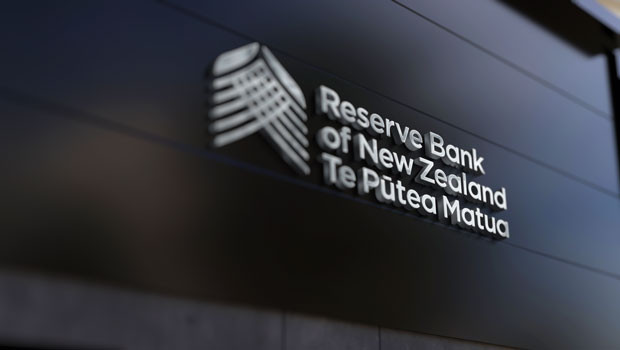Asia report: Stocks fall on very quiet day for region

Markets in the Asia-Pacific region presented a weaker picture on Monday, kicking off a holiday-shortened week for many
China continued its extended closure for Lunar New Year celebrations, with markets there set to remain closed for the entire week.
“Asia was quiet on Monday, with several centres on holiday,” said TickMill market analyst Patrick Munnelly.
“It's also a public holiday for Lunar New Year in New York State for the first time, but that doesn't seem to include Wall Street.
“US stock futures, European equity and Treasury futures are barely changed, and the dollar is a bit softer.”
Most markets closed, stocks fall down under
Japan saw its markets closed for the National Foundation Day holiday.
China, Hong Kong, and South Korea remained shuttered for the Lunar New Year festivities, extending the closure of their markets.
In Australia, the S&P/ASX 200 experienced a modest decline of 0.39%, settling at 7,614.90.
Liontown Resources dropped 8.07%, Fletcher Building by 6.09%, and CSL by 4.84%.
CSL's shares fell after the company announced disappointing results from a phase three trial of its cardiovascular drug, CSL112.
The drug failed to meet its primary efficacy endpoint, leading CSL to announce no immediate plans for regulatory filing.
New Zealand’s S&P/NZX 50 also recorded a decline, down by 0.88% to 11,757.97, led lower by Synlait Milk, down 12.05%; Heartland Group, off 4.69%; and Restaurant Brands New Zealand, which slid 4.22%.
In currency markets, the dollar was last down 0.16% on the yen to trade at JPY 149.05, while it strengthened 0.08% against the Aussie to AUD 1.5341.
The greenback saw a more significant rise of 0.46% on the Kiwi, changing hands at NZD 1.6333.
In oil markets, Brent crude futures were last down 0.84% on ICE at $81.50 per barrel, while the NYMEX quote for West Texas Intermediate decreased 0.82% to $76.21.
Inflation still too high, says RBNZ governor
On the economic front, Adrian Orr, governor of the Reserve Bank of New Zealand, said the country’s current inflation rate of 4.7% remained elevated.
Speaking before a parliamentary committee, Orr underscored the central bank's commitment to lowering inflation to around 2%.
The New Zealand dollar had experienced upward momentum recently, fuelled by speculation that the RBNZ could opt for further interest rate hikes to curb inflationary trends.
Data from LSEG indicated a 71% probability of the central bank maintaining its rates during its upcoming meeting on 28 February.
Markets had also priced in a 52% likelihood of a rate hike at the RBNZ's subsequent meeting in May.
Reporting by Josh White for Sharecast.com.